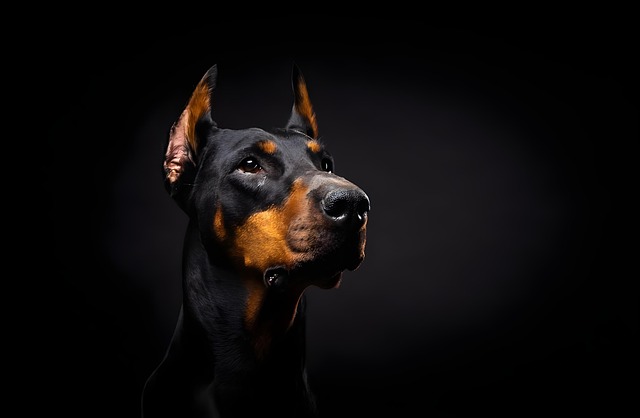
How to test for tetanus in dogs?
Tetanus in dogs often starts with subtle signs most owners miss—like a stiff jaw when grabbing a favorite chew toy or hesitation to climb stairs they once bounded up.
It’s easy to assume that providing water for your dog is as simple as filling their bowl and moving on. But honestly, dog water needs are far more nuanced than most pet owners realize. Proper hydration is fundamental to your dog’s health—affecting everything from kidney function to energy levels, temperature regulation, and even the shine of their coat. Yet, determining exactly how much water your dog needs isn’t a one-size-fits-all equation. You might have heard rules of thumb like “one ounce of water per pound of body weight,” but in my experience, the reality is layered with subtleties that can’t be captured by generic guidelines alone.
Let’s try to break it down. Several factors shape a dog’s hydration requirements, and breed is just the beginning. Size plays a critical role—think about a tiny Chihuahua compared to a lumbering Great Dane. Obviously, their bodies process and lose water at different rates. But then, activity level comes into play. Water intake for active dogs—those who love long hikes, fetch marathons, or agility courses—can skyrocket compared to their couch-potato counterparts. And we haven’t even touched on climate yet. Humid summers in the South or arid winters up North? Both demand attention when it comes to your dog’s hydration. Even breed characteristics—like the thick double coat of a Husky or the short nose of a Bulldog—add layers of complexity to what might seem like a simple question. So, while it’s tempting to seek a universal answer, the truth is that dog hydration requirements by size, breed, activity, and environment are all intertwined.
If you’ve ever wondered, “How much water does a dog need by breed?” you’re not alone. While scientific studies provide general recommendations, breed-specific needs are often shaped by anatomy and lifestyle. For instance, working breeds—think Border Collies, German Shepherds, or Labrador Retrievers—tend to have higher metabolic rates and more active routines, which increases their water intake needs. Smaller breeds like Yorkshire Terriers or Dachshunds may drink less per day, but even a small change in their routine or climate can make a big difference. Then there are brachycephalic breeds, such as Pugs or French Bulldogs, whose unique facial structures can make them more prone to overheating—and thus greater hydration needs, especially in warmer weather. Meanwhile, giant breeds with slower metabolisms might not guzzle water as rapidly, but their sheer size means their total daily intake is still substantial. The takeaway? While body weight is a starting point, always consider your dog’s breed-specific tendencies—some dogs are naturally more prone to dehydration or overhydration than others.
Active dogs are a story all their own. If your furry friend loves an afternoon of frisbee or spends weekends hiking rugged trails, their water needs will increase—sometimes dramatically. During vigorous activity, dogs lose water through panting and, to a lesser extent, sweating through their paw pads. I’ve found it’s best to offer frequent, small drinks during exercise, rather than one big gulp after everything’s over. Not only does this help prevent bloating (a risk especially in deep-chested breeds), but it also keeps hydration levels steady. If you’re heading out for a long walk or a day at the park, bring a portable water bowl and take breaks for sips, not chugs. And don’t forget: after playtime, continue monitoring their intake, since some dogs—caught up in excitement—might not immediately realize they’re thirsty. The bottom line is, water intake for active dogs isn’t static; it changes with every adventure, so be prepared to adapt.
Now, climate impact on dog hydration is one of those things that sneaks up on even the most attentive owners. Hot, humid weather ramps up your dog’s water requirements as their body works overtime to stay cool. But here’s a twist: cold, dry air can be just as dehydrating, especially for dogs who spend time outdoors in winter. Indoor heating can also sap moisture from the air, causing subtle but significant increases in water loss. I always suggest adjusting water availability based on the season and your local climate. In summer, add an extra bowl or two around the house and refresh with cool water more often. In winter, check that water bowls haven’t frozen over and consider using a pet-safe water heater if needed. And if you travel with your dog to different regions, be mindful—what worked in California might not be enough in Florida or Colorado. The environment your dog lives in shapes their hydration needs as much as their breed or activity level.
But how do you know if your dog is really drinking enough? Recognizing the subtle (and sometimes not so subtle) signs of dehydration is crucial. Dry gums, sunken eyes, lethargy, and loss of skin elasticity are classic warning signals. Actually, if you gently pinch the skin at the back of your dog’s neck and it doesn’t spring back quickly, that’s often a red flag. On the flip side, overhydration—while less common—can also be dangerous, leading to a condition called water intoxication. If you notice your dog gulping down water obsessively or showing signs of bloating or vomiting, it’s time to consult your vet. Encouraging regular water intake doesn’t have to be complicated: keep bowls clean and in familiar places, add a splash of low-sodium broth for picky drinkers, or use pet water fountains to entice those who love moving water. Some dogs even enjoy ice cubes as treats! If you’re ever in doubt about your dog’s hydration status, err on the side of caution and ask your veterinarian for guidance.
To wrap things up (though, honestly, no two dogs are exactly alike), I always urge pet owners to treat hydration as a personal matter. Sure, general rules and breed charts are helpful, but nothing beats paying attention to your dog’s unique habits, environment, and lifestyle. Watch how much water disappears from the bowl, notice any changes in behavior, and don’t hesitate to adapt as the seasons or your dog’s activity level shifts. After all, their needs can change just as quickly as yours do. Building a personalized hydration plan might sound technical, but really, it’s about observation, intuition, and a little bit of trial and error. Your dog depends on you to read the signs and respond—and sometimes, that means trusting your instincts as much as the numbers. Stay attentive, stay flexible, and you’ll be well on your way to keeping your canine companion healthy, happy, and hydrated.

Tetanus in dogs often starts with subtle signs most owners miss—like a stiff jaw when grabbing a favorite chew toy or hesitation to climb stairs they once bounded up.
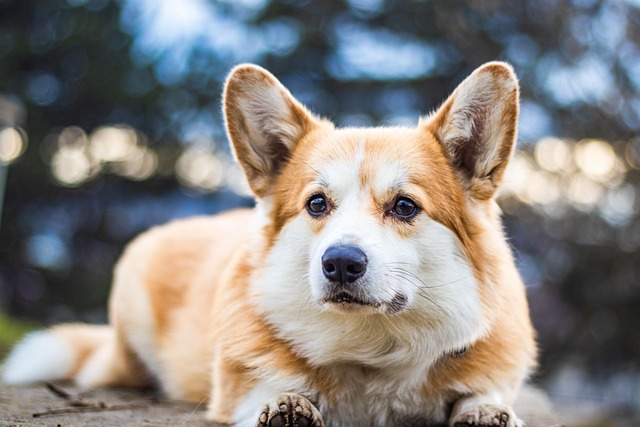
If you’re a new dog parent in the US—maybe you’re standing in your Ohio apartment’s pet store aisle, holding a bag labeled “senior dog food” while your 8-year-old Dachshund
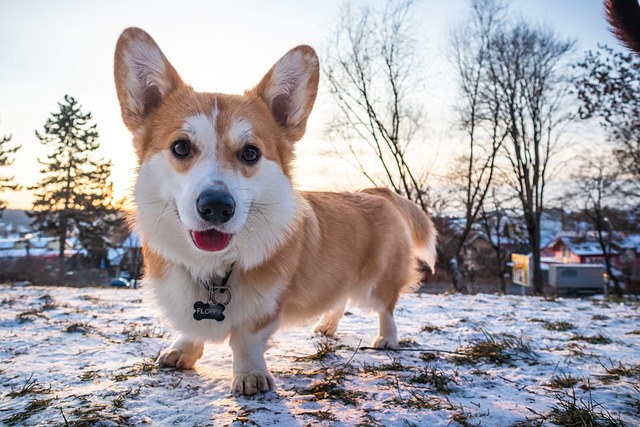
If you’re a new dog parent to a senior pup in the US—maybe you’re standing in your Florida apartment’s pet food aisle
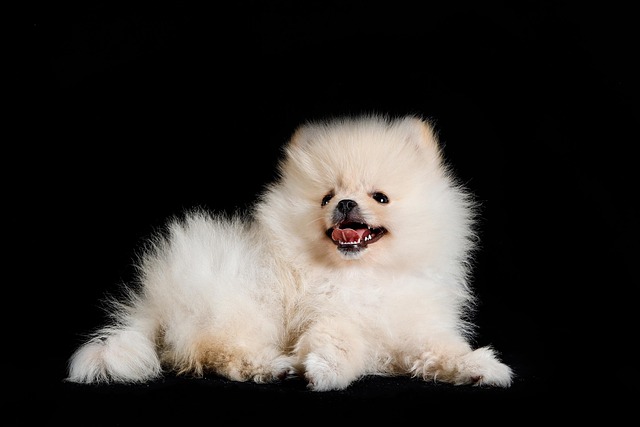
Pet owners often worry about hidden health risks for their dogs, and toxoplasmosis is one that flies under the radar for many—understanding how dogs pick it up is key to keeping them safe.

If you’re a new dog parent in the US—maybe you’re standing in your Chicago apartment, staring at your 7-month-old Poodle mix, Bella
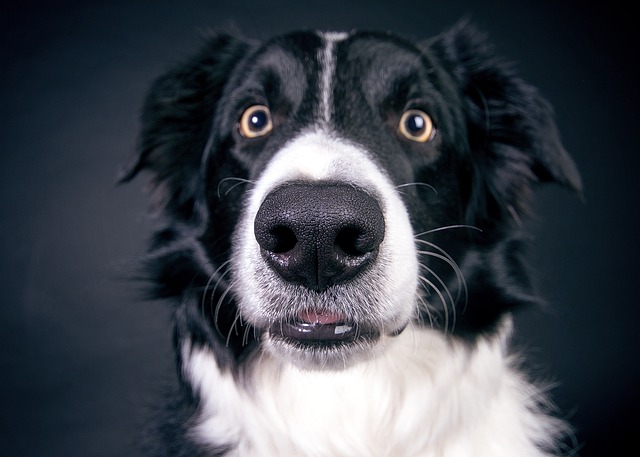
Tetanus in dogs comes from bacteria entering open wounds—think a deep cut from a rusty fence nail during a walk, or a scraped paw from digging in contaminated soil.